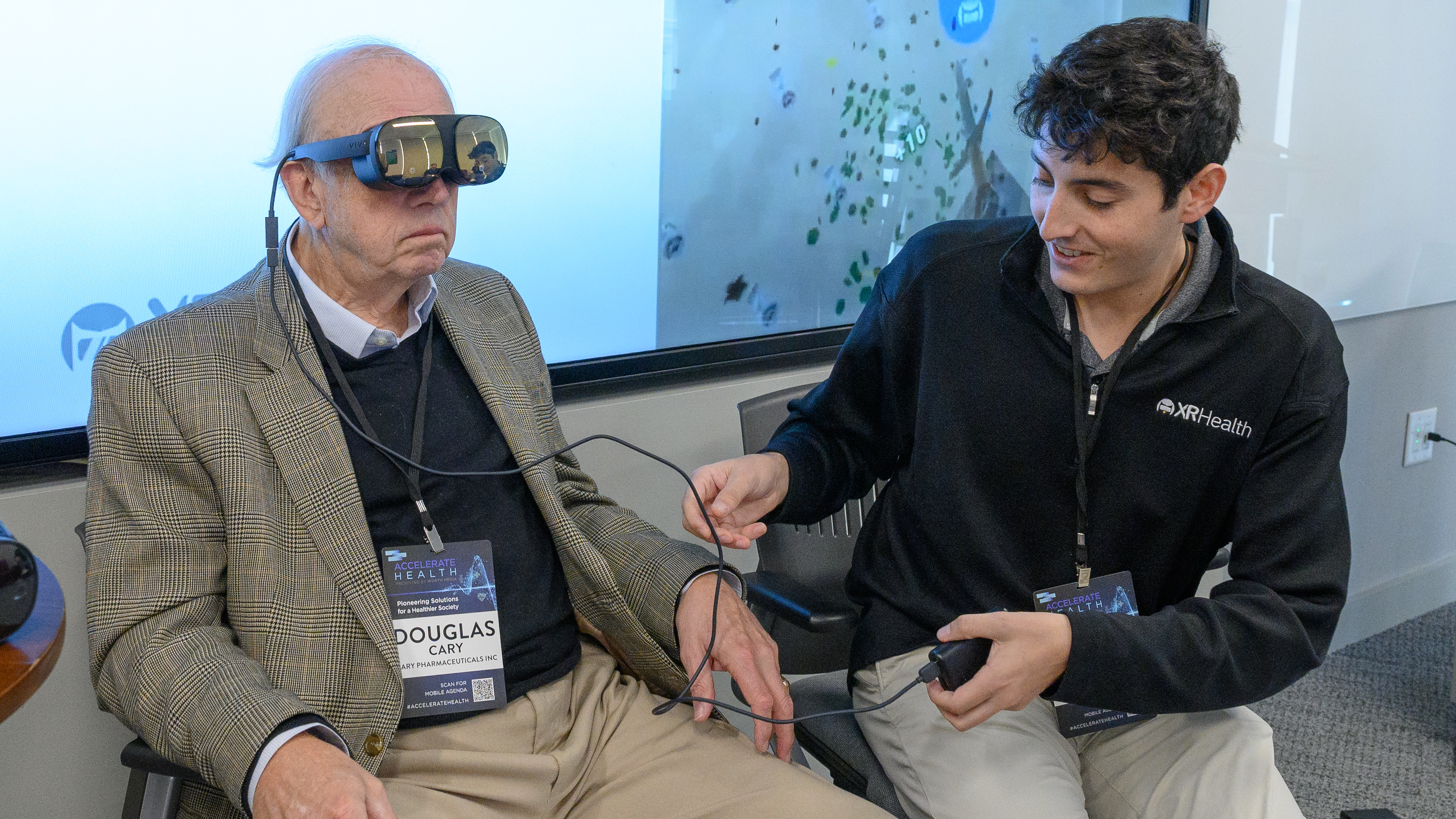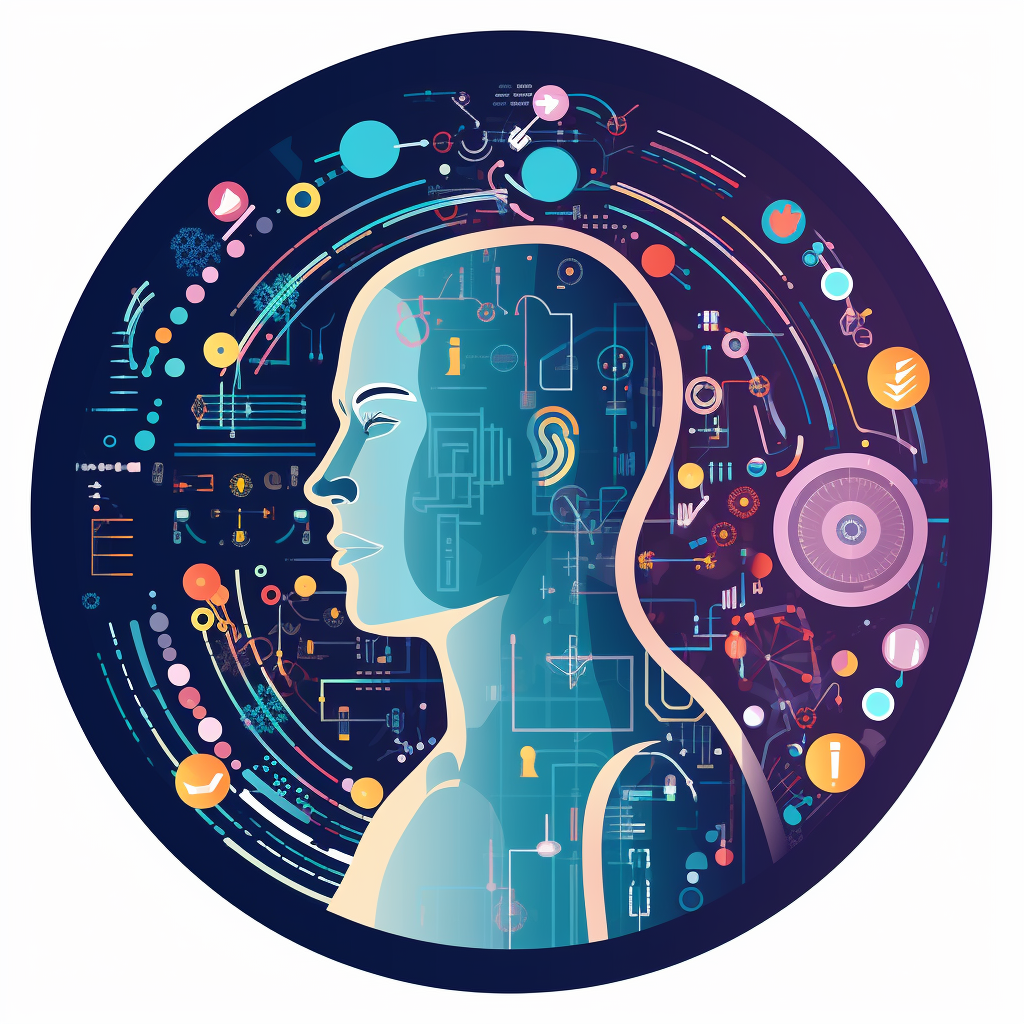Virtual reality, in its current iteration, mostly exists as a gaming peripheral. However, that hasn’t stopped entrepreneurs and developers from pitching all sorts of secondary uses for the technology. “VR as medical treatment” is not a new idea, but smaller and cheaper headsets have opened up the technology to whole new swaths of potential patients. And two of these groups—small children and senior citizens—might find VR even more approachable than the veteran gamers in their families.
This unconventional insight comes from Pearly Chen, vice president of business development and partnerships at HTC. She joined MyndVR CEO Chris Brickler at Techonomy’s recent’s Accelerate Health: Pioneering Solutions for a Healthier Society conference. Together, they participated in the “Virtual Reality, Real Results: The Future of Immersive Treatment” panel, discussing the HTC Vive, VR’s place in the elder care industry, and how tech-savvy young men don’t always make the best early adopters.
Brickler devoted a large part of his time to discussing how VR can benefit senior citizens, particularly those with dementia. Through playing brain-training games or exploring virtual environments, they can not only stay mentally active, but also improve their relationships with caregivers.
Chen described why both senior citizens’ and children have an intuitive understanding of VR.
“Actually, the seniors and the pediatric population are, maybe surprisingly, fantastic early adopters of this technology. Which is naturally intuitive, because it’s three-dimensional. And those of us that have been more polluted by 2D screens and 2D interfaces might find it a bigger jump.
“It’s so natural for them. They go in there; they touch everything. They know intuitively how to interact, how to benefit from these experiences. We are all innately three-dimensional animals with three-dimensional senses. So, I think this is not so much of a gamer or difficult tech adoption, but a natural evolution of what fits our ergonomics and our senses.”
Chen’s point may well ring true for anyone who grew up playing traditional video games, then tried VR for the first time. Gamers have preconceived notions of how to interact with digital environments, including how to move, how to manipulate objects, and how to accomplish objectives. People who are either too old or too young for 2D video games may feel more comfortable navigating a VR environment—especially one without a predetermined narrative or challenge progression.
Now that VR headsets are smaller and lighter than ever (the HTC Vive Flow weighs only 189 grams/6.7 ounces), Chen also pointed out how pediatric patients might benefit. She discussed one developer who is working with psychotherapists to develop “less scary and more approachable” avatars, such as big teddy bears, which might encourage shy patients to open up more than a realistic-person avatar would.
“The magic of the technology is clearly to transport, and then to feel that sure sense of presence, despite being physically far away,” she said.







